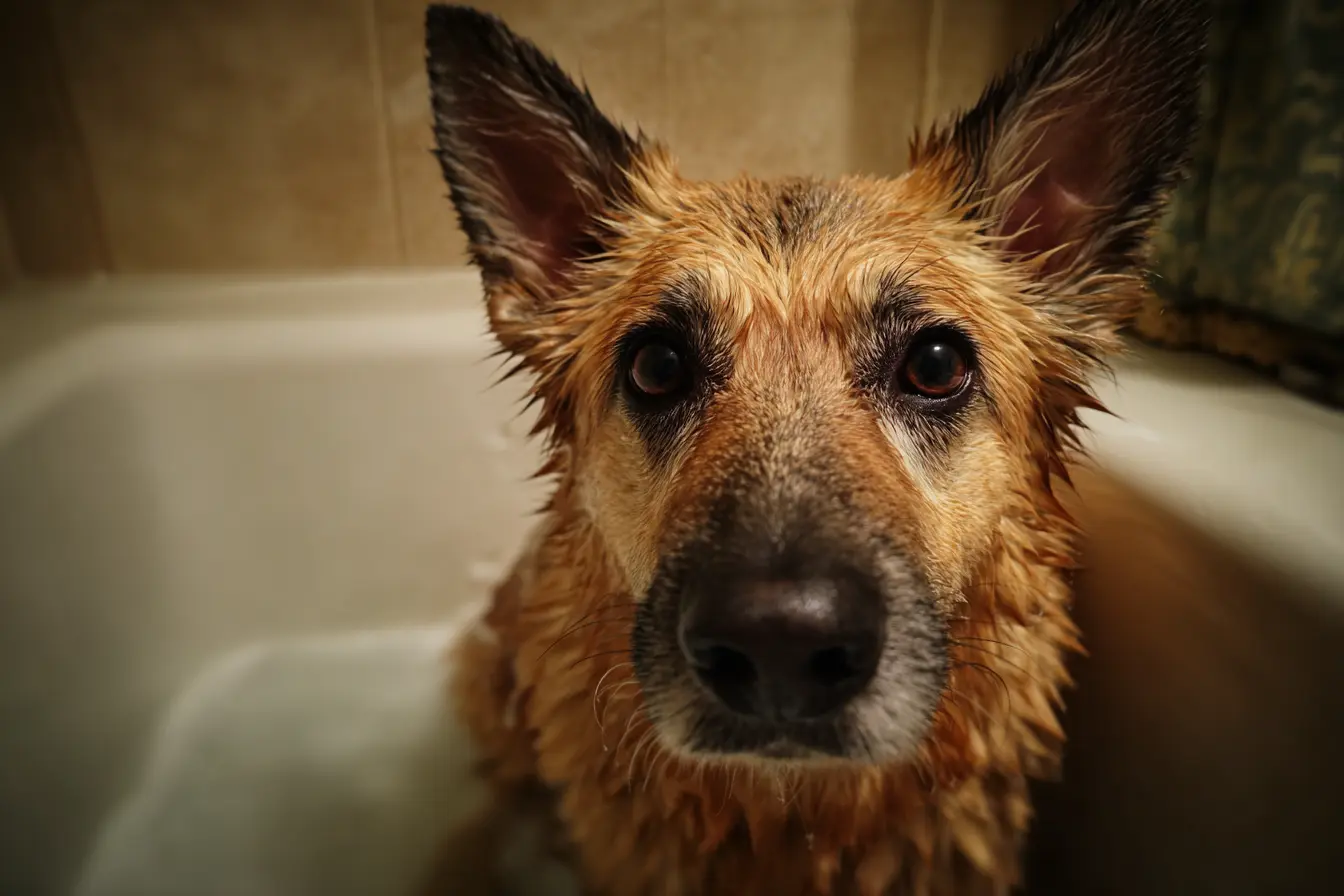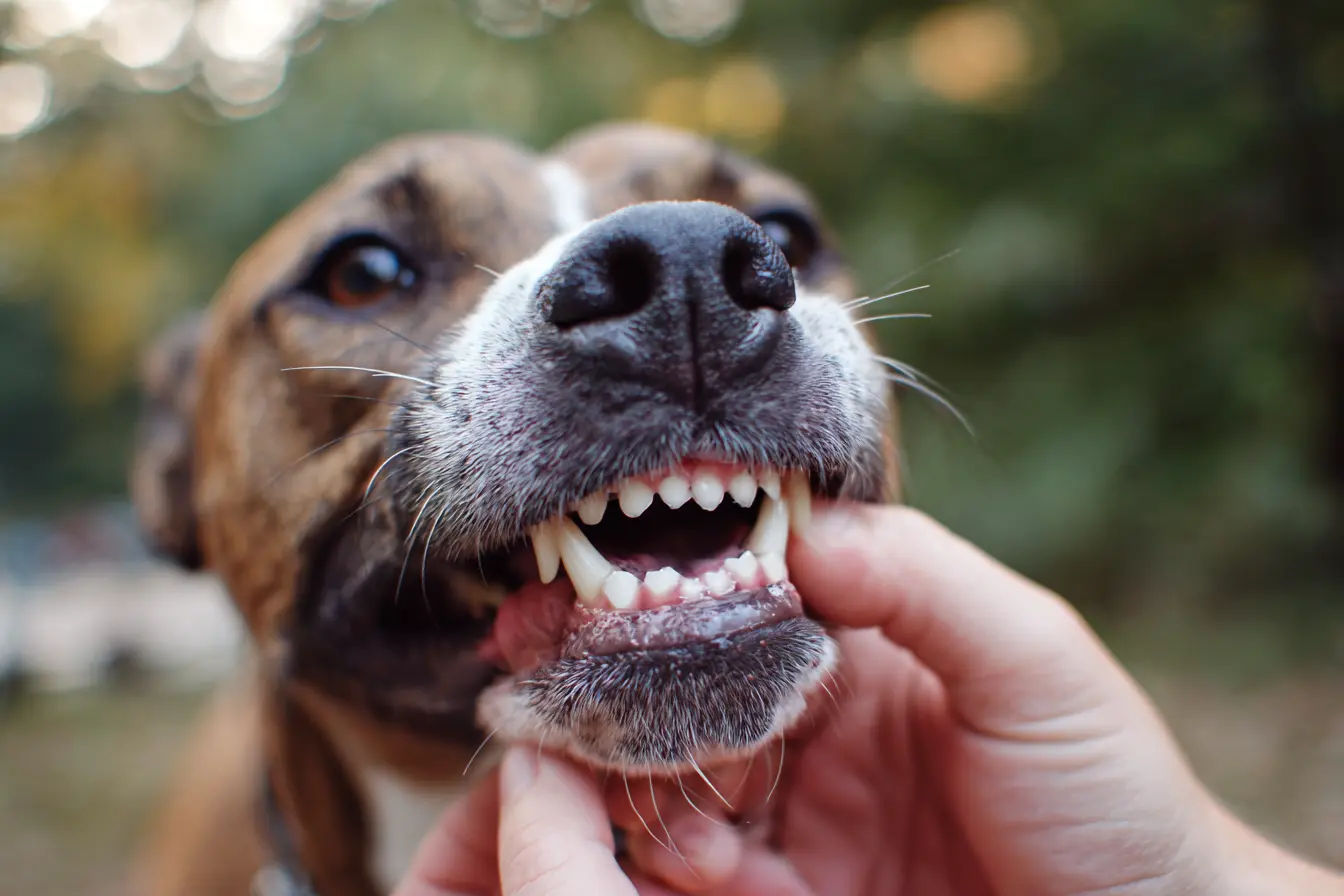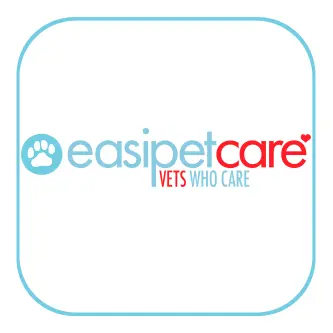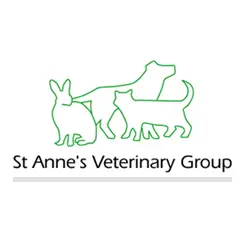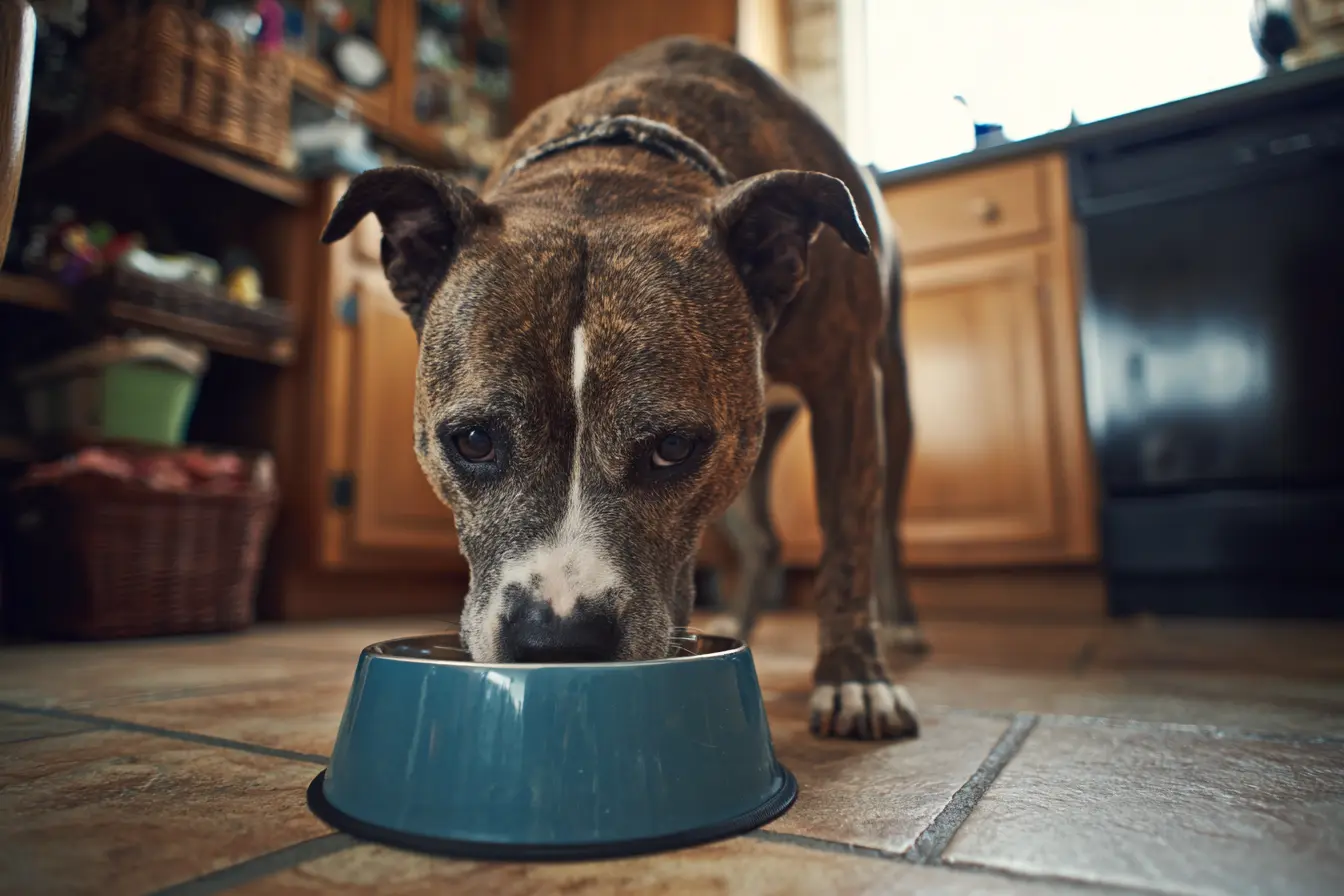
What Should You Feed Your Dog?
Feeding your dog the right food is one of the most important things you can do to ensure a long, healthy, and happy life for your furry companion. With so many options available, it can be overwhelming to know what’s best. This guide covers everything dog owners need to know about feeding their dogs properly.
Why Diet Matters
A well-balanced diet supports:
- Healthy weight and energy levels
- Strong immune system
- Shiny coat and healthy skin
- Healthy teeth and bones
- Proper digestion
Feeding your dog the wrong food — or too much of the right food — can lead to obesity, malnutrition, and a host of health problems.
The Basics of a Balanced Canine Diet
Dogs are omnivores, which means they need a mix of protein, fats, carbohydrates, vitamins, and minerals. The ideal diet includes:
- Protein: Vital for muscle growth and tissue repair. Found in meat, fish, eggs, and some legumes.
- Fat: Provides energy and helps absorb vitamins. Look for healthy animal fats and oils like fish oil.
- Carbohydrates: A source of energy and fibre, often found in grains, vegetables, and fruits.
- Fibre: Aids digestion and promotes gut health.
- Vitamins and minerals: Support various bodily functions, including bone development, nerve function, and immunity.
Types of Dog Food
Commercial Dry Food (Kibble)
- Convenient and affordable
- Long shelf life
- Choose high-quality brands with named meat sources and no artificial additives
Look for:
- Meat or fish listed as the first ingredient
- Whole grains or vegetables
- No fillers like maize or animal by-products
Wet Food (Tinned or Pouched)
- Higher moisture content (good for hydration)
- Often more palatable for picky eaters
- Can be more expensive and has a shorter shelf life once opened
Raw Diet (BARF - Biologically Appropriate Raw Food)
- Includes raw meat, bones, vegetables, and organs
- Advocates claim improved coat, energy, and dental health
- Requires careful planning to avoid nutritional imbalances or contamination
Note: Always consult your vet or a pet nutritionist before switching to raw feeding.
Home-Cooked Meals
- Allows full control over ingredients
- Time-consuming and requires precise balancing
- Not recommended unless you are working with a vet or canine nutritionist
Prescription or Special Diets
- For dogs with specific health conditions (e.g. allergies, kidney issues, obesity)
- Only feed under veterinary guidance
Feeding Guidelines by Life Stage
Puppies
- Require calorie-dense, nutrient-rich food for growth
- Feed 3–4 times a day
- Look for formulas labelled "puppy" or "growth"
Adult Dogs
- Maintenance diet tailored to size, breed, and activity level
- Usually fed twice a day
Senior Dogs
- May need lower calories and more joint-supporting nutrients
- Special "senior" formulas are often recommended
Portion Sizes and Feeding Frequency
Check the feeding guidelines on the dog food packaging, but adjust based on your dog's:
- Age
- Weight
- Activity level
- Breed
- Health condition
General tips:
- Measure portions with a scale or measuring cup
- Stick to a consistent feeding schedule
- Avoid free-feeding (leaving food out all day), unless advised
Foods to Avoid
Some human foods are toxic or harmful to dogs. NEVER feed:
- Chocolate
- Grapes and raisins
- Onions and garlic
- Macadamia nuts
- Cooked bones
- Alcohol
- Caffeine
- Xylitol (found in sugar-free gum and some peanut butters)
Treats and Snacks
Treats are fine in moderation and useful for training, but they should make up no more than 10% of your dog’s daily caloric intake. Opt for healthy options like:
- Carrot sticks
- Apple slices (without seeds)
- Lean cooked meat
- Commercial dog treats with natural ingredients
Hydration
Always provide access to fresh, clean water. Dogs can become dehydrated quickly, especially in warm weather or after exercise.
Switching Dog Foods
If you need to change your dog’s diet, do so gradually over 7–10 days:
- Start with 75% old food, 25% new
- Gradually adjust the ratio each day
- Monitor for signs of upset stomach (vomiting, diarrhoea, loss of appetite)
Signs of a Healthy Diet
- Shiny coat and clear eyes
- Consistent energy levels
- Healthy stool (firm, brown)
- No excessive scratching or shedding
- Normal weight
When to Consult Your Vet
Speak to your vet if your dog experiences:
- Weight gain or loss
- Allergic reactions (itchiness, hives)
- Digestive issues
- Changes in appetite or energy
- Health conditions requiring dietary changes
Final Thoughts
Every dog is unique, and their nutritional needs vary. Choosing the right food for your dog takes a bit of research and trial and error — but the rewards are worth it. A healthy diet contributes to a happier, longer life for your four-legged friend.
Related Vets
Vets near you
Speciality vets
- Aquatics vet specialists
- Birds vet specialists
- Camelids vet specialists
- Cats vet specialists
- Cattle vet specialists
- Deer vet specialists
- Dogs vet specialists
- Equines vet specialists
- Exotic vet specialists
- Goats vet specialists
- Pigs vet specialists
- Poultry vet specialists
- Sheep vet specialists
- Small Mammals vet specialists
- Wild vet specialists

